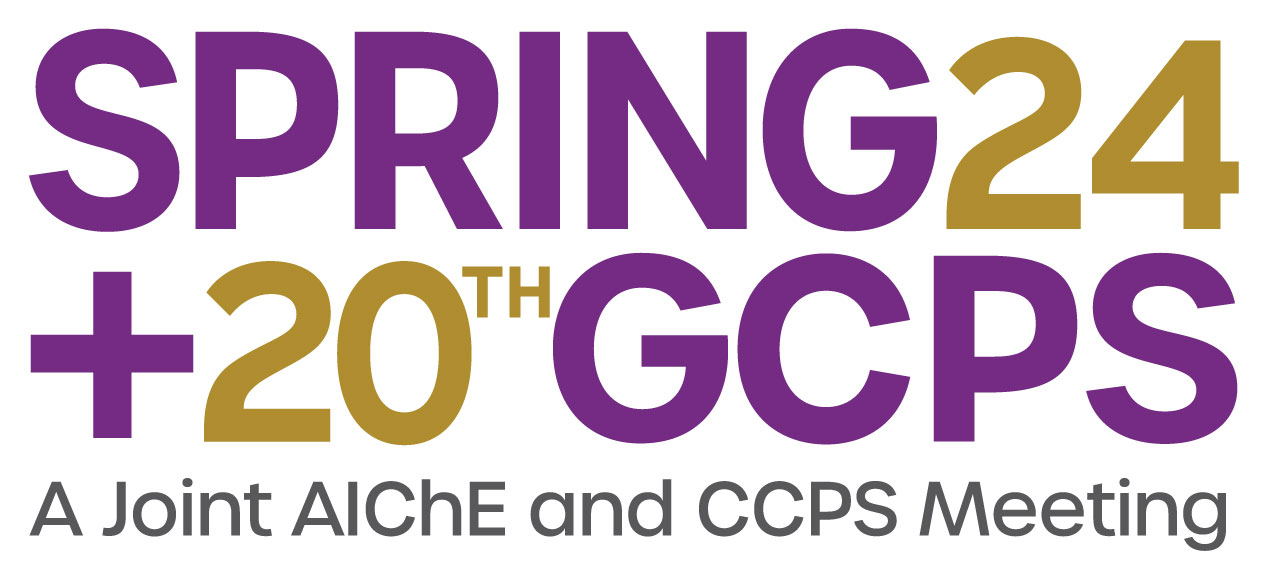

Ammonia has long been a contaminant of concern in ethylene units. It can enter as an impurity in cracked and uncracked feeds, as well as generated inside the battery limits via the cracking/decomposition of nitrogen compounds. Ammonia’s impact on the unit is multifaceted: it can elevate the pH within the quench and process water system, act as a temporary poison on catalyst, participate in the formation of dangerous solids in the cold box, and ultimately result in off-spec ethylene and propylene. Fortunately, over the years, the industry has developed methods to monitor ammonia concentrations and techniques to eliminate or at least mitigate the associated negative consequences.
This paper will review the ethylene industry’s understanding of ammonia, including where it comes from, how it impacts unit operations, how it can be monitored, and what solutions have been successfully deployed.
Presenter(s)
Language
Pricing
Individuals
| AIChE Member Credits | 0.5 |
| AIChE Pro Members | $19.00 |
| Fuels and Petrochemicals Division Members | Free |
| AIChE Graduate Student Members | Free |
| AIChE Undergraduate Student Members | Free |
| AIChE Explorer Members | $29.00 |
| Non-Members | $29.00 |
